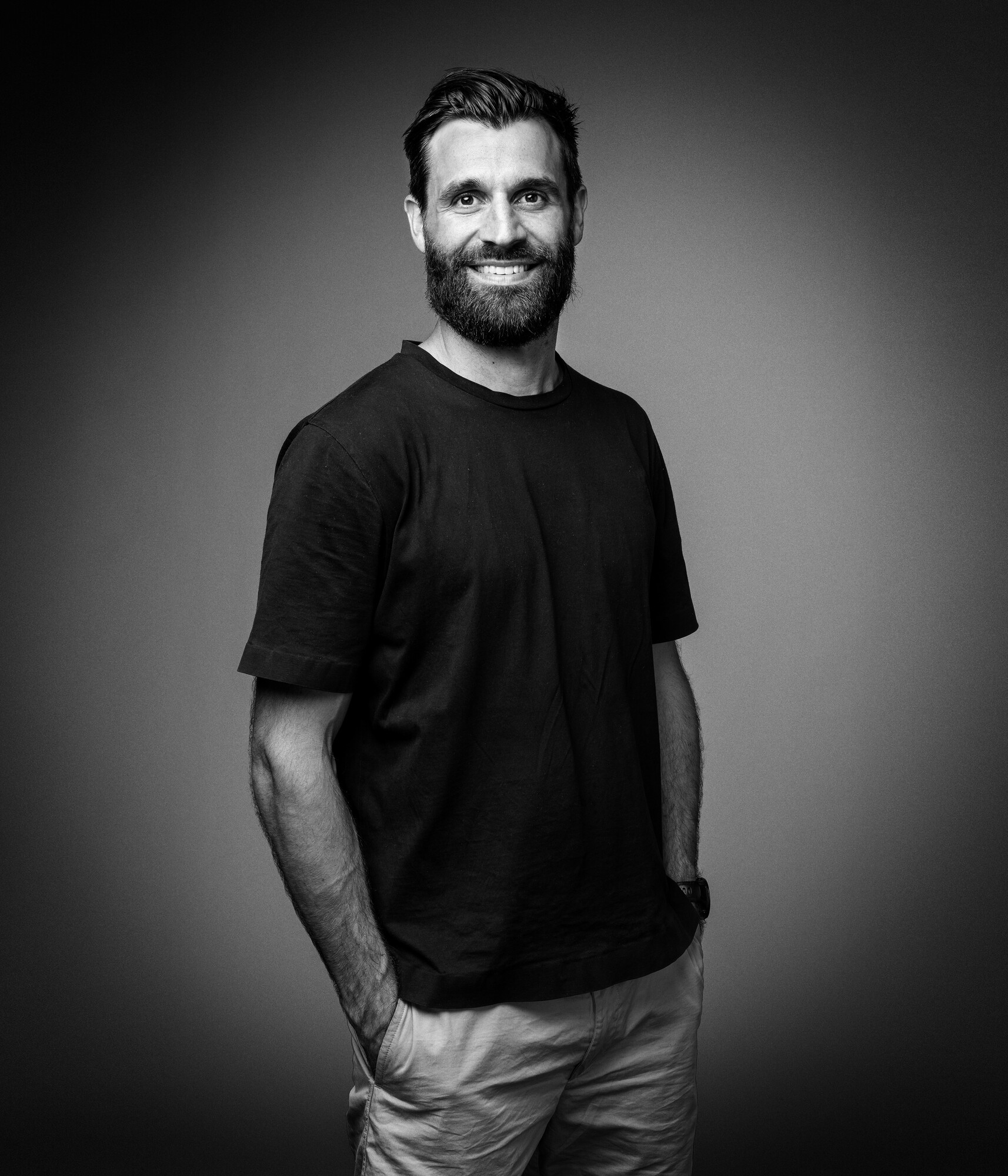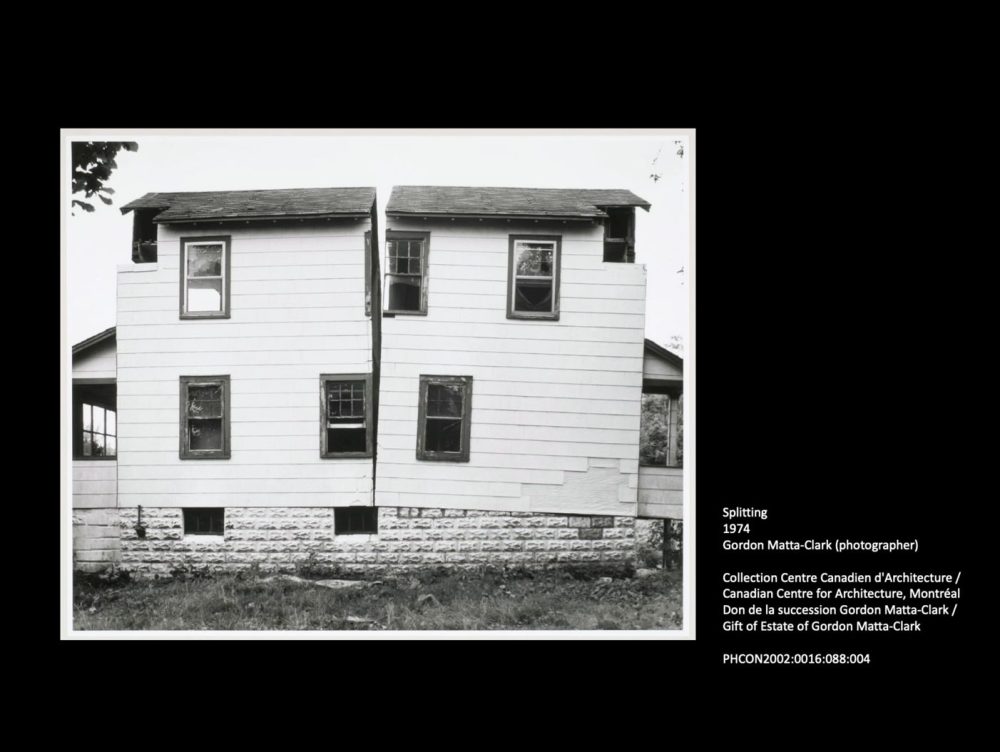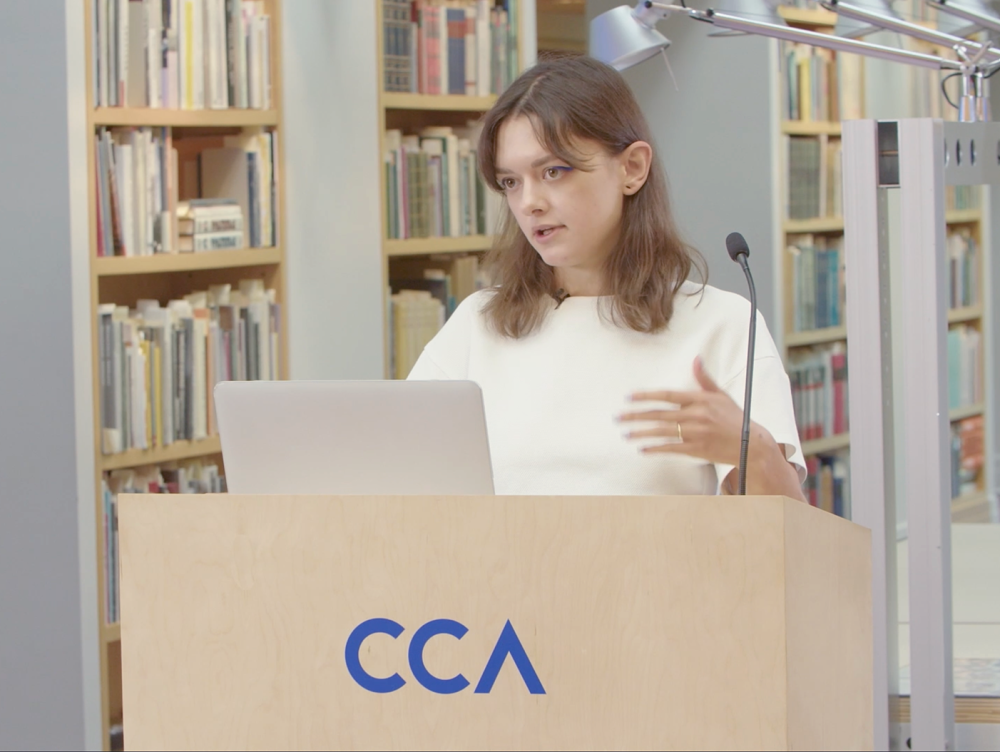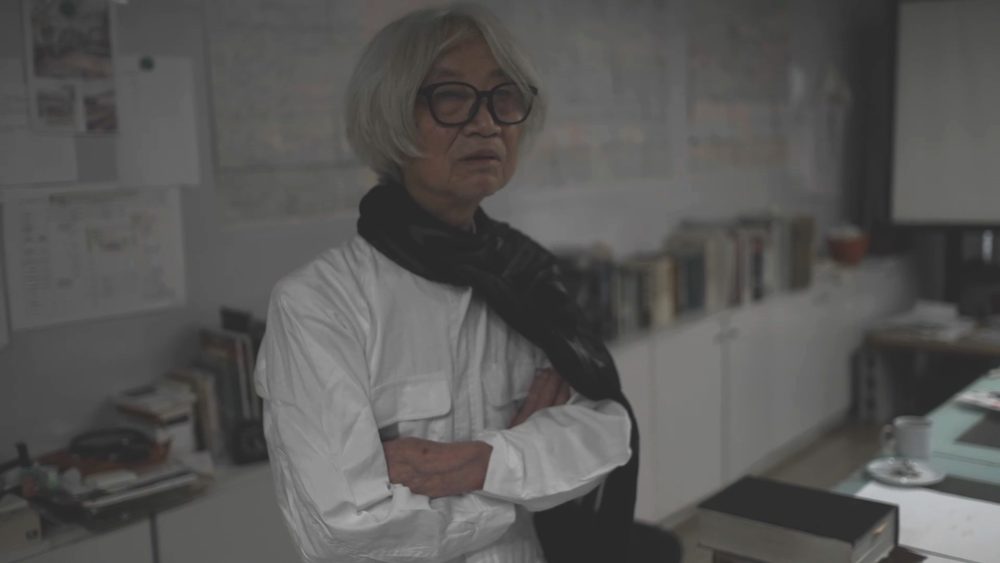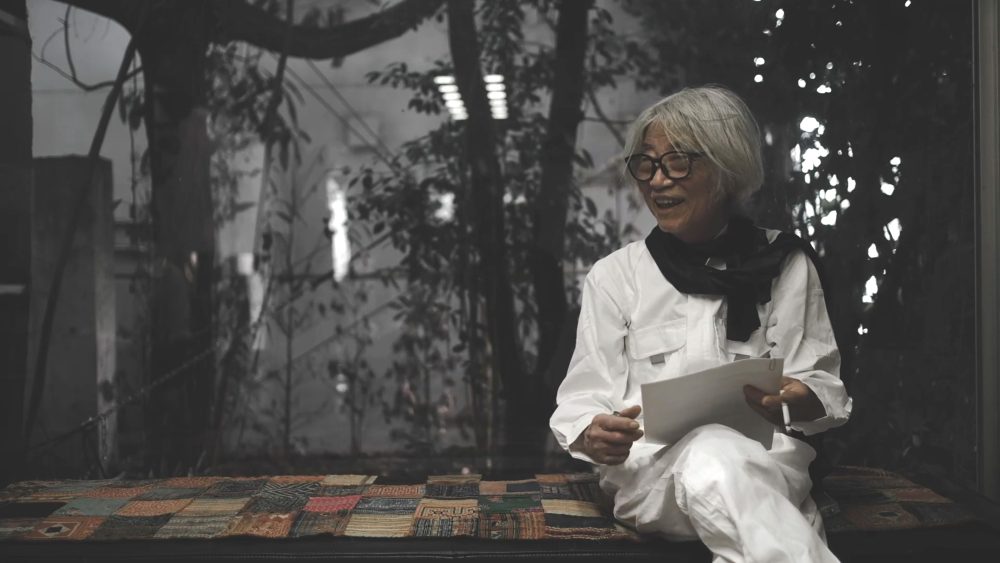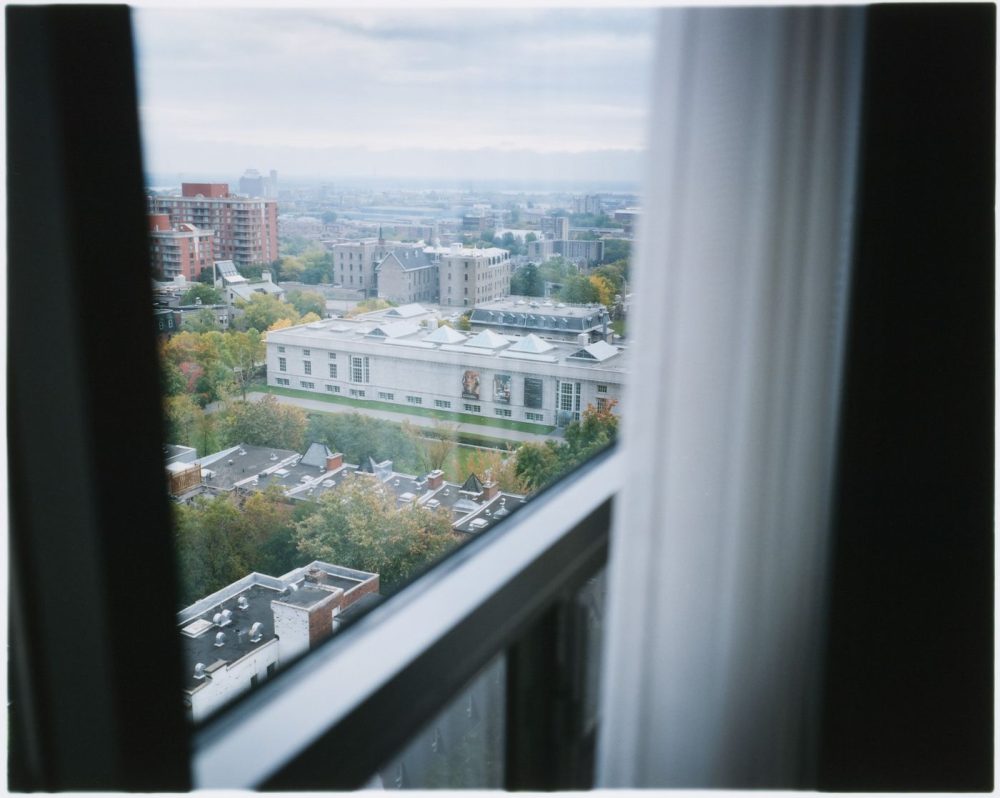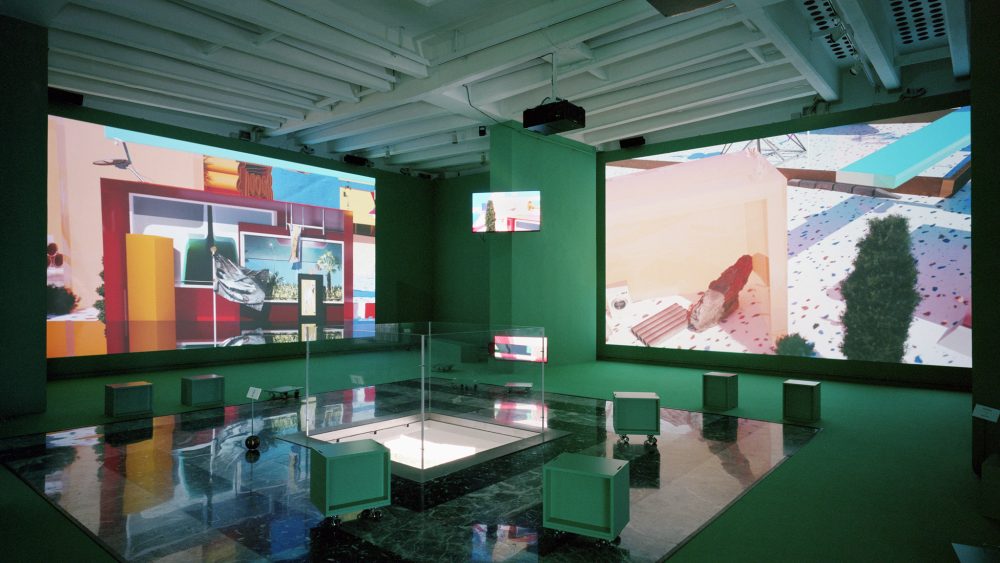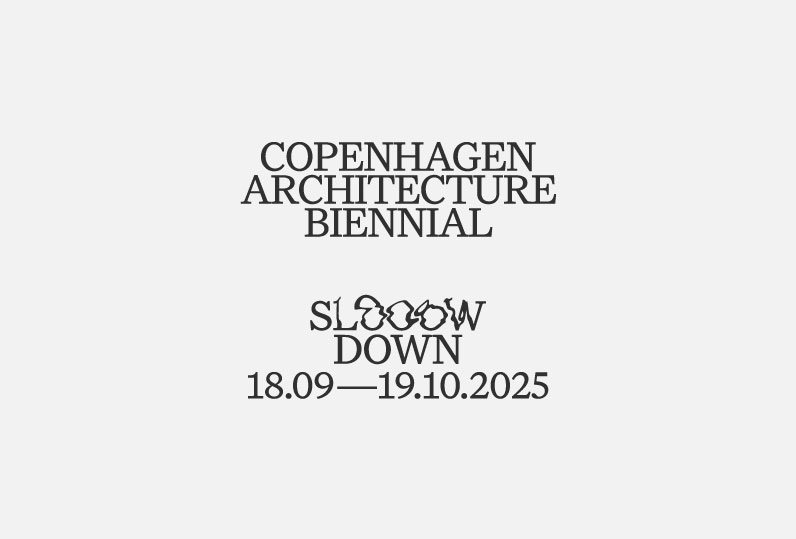Grant Results CCA-WRI Research FellowshipSelected Themes 2022
A new building under the sun
31 Mar 2025
- Keywords
- Architecture
The Window Research Institute partners with the Canadian Centre for Architecture to offer the CCA-WRI Research Fellowship. In this article, we introduce the research project of Casper Laing Ebbensgaard, one of the 2022 fellows.
Project Overview
This project explores how the uneven distribution of and access to light and darkness in the vertical city is forged through the design and construction of high-rise buildings across New York and London. By unpacking the political entanglements of verticality and luminosity, the project investigates how people’s ability to form meaningful attachments to the places in which they dwell is sustained through or impeded by the design of high-rise buildings with attention to their redistribution of light and shade. How do high-rises buildings shape people’s attachment to the environments they inhabit? How are they designed with artificial light for their nocturnal appreciation and inhabitation? And how do they impact on the life-quality of those who are condemned to live and work in their shade?
To address these questions and the CCA-WRI Research Fellowship call for thinking through Light above/below/between the ground of a damaged planet, this project foregrounds light—natural and artificial—as an analytic opening for exploring how the design and construction of high-rise architecture shapes people’s attachments to the environments they inhabit. The project draws on archival research conducted at the CCA during the summer of 2022 exploring two different projects that consequently are brought into dialogue: first, the design of the Seagram Building in New York City, envisioned as a ʻTower of Light’ that with its elaborate lighting design delivered ʻA new building under the sun’; second, the neighbouring buildings that lie in the shadow of the emergent Whitechapel Estate, a mixed-tenure, multistorey complex in London, producing towers ʻthat block out all sunlight’. The project critically examines how the design of high-rise buildings with attention to light, shade and darkness both holds out a promise of sustaining human lives to flourish, while in the same breath, putting the conditions for life in the vertical city under threat. As an elemental analytic, light draws attention to the kinds of life forms that are dreamed up and dispensed with in high-rise construction as bodies are pushed and pulled up and down a vertical axis of illumination.
Excerpted from the video recording of the 2022 CCA-WRI Research Symposium (August 24, 2022, Montreal)
Casper Laing Ebbensgaard
Casper Laing Ebbensgaard is Lecturer in Human Geography at the University of East Anglia. His research investigates how human-environment relations are conditioned by elemental media and their manipulation through architectural design and urban planning practice. By drawing attention to the role of architecture in shaping geographies of inequality and injustice in cities, his research investigates the affective politics of vertical urbanism, the nocturnal city and the dark underworld of mining and extraction. His research is ethnographic and engages in creative collaborations with artists, urban designers and community groups to co-produce materials that both render the affective conditions of life within the asymmetrical power geometries of cities palpable to wider audiences, while also, developing propositions for developing more just and durable forms of cohabiting in cities. He is the recipient of several research grants, including a Leverhulme Early Career Fellowship and the CCA-WRI Research Fellowship.
